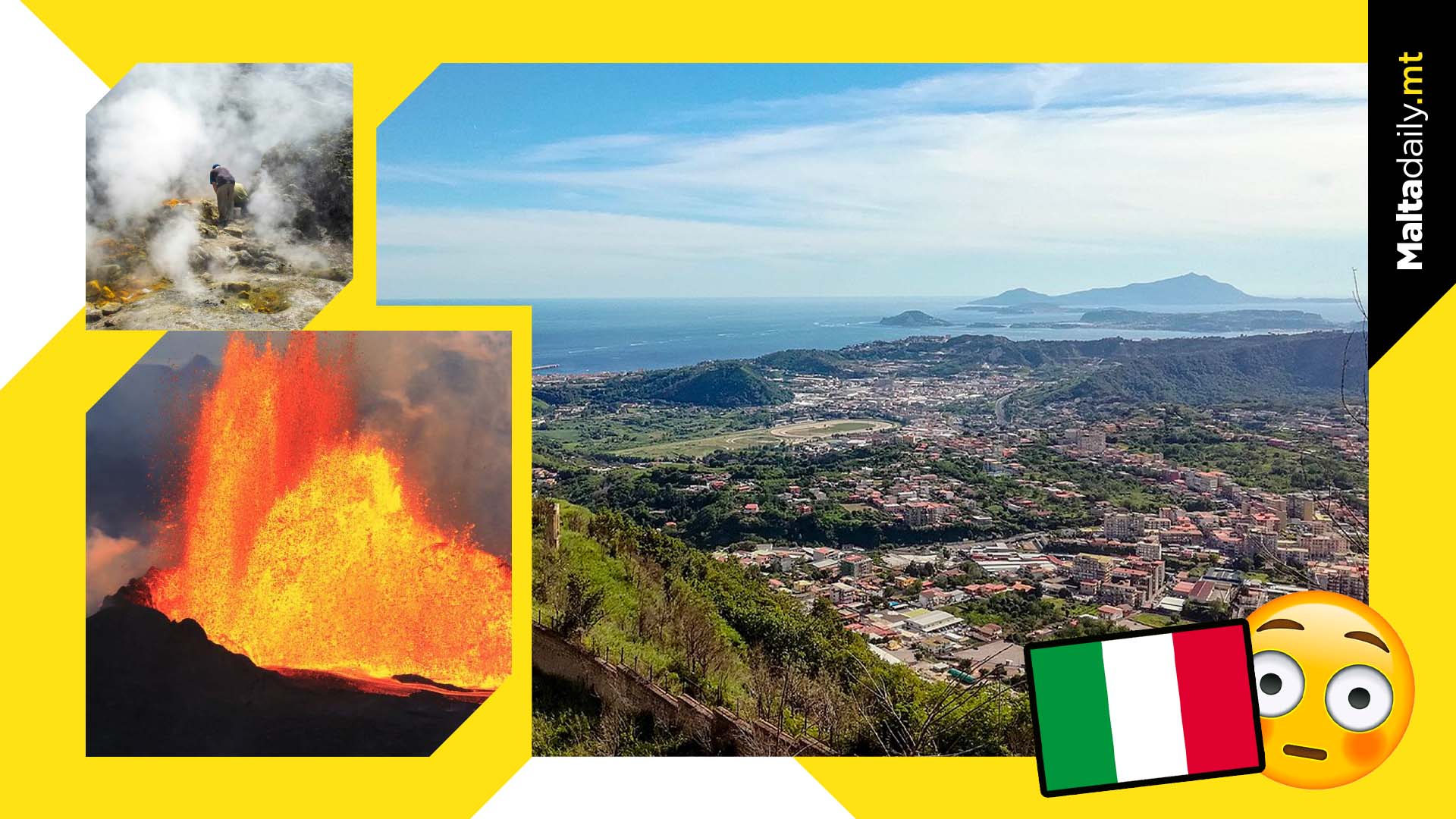Europe Super Volcano Sparking Fears Of Eruption

Having last erupted in 1538, a large super-volcano in Italy is showing some signs which raise concerns of an impending eruption.
The Campi Flegrei volcano is not your typical volcano, and is much less remembered than the typical cone-shaped neighbour Vesuvius (Pompeii, anyone?).Instead, it is a vast underground complex of magma and around half a million people have their homes in the 11 kilometre caldera in Naples.
If the previous eruption were to happen again, we would see gases and molten rock blow up into the stratosphere, causing tsunamis and toxic ash which could potentially trigger a global winter.
The researchers published the findings on June 9th in the journal ‘Communications Earth & Environment.’
Speaking to EurekAlert!, lead author Christopher Kilburn said that despite confirming the volcano’s movement towards rupture, this might lead to a crack through the crust and the ‘magma still needs to be pushing up at the right location for an eruption to occur.’
The ongoings beneath the crust doesn’t give scientists a clear answer as to whether it will blow or have a period of earthly unrest. It also, however, does not give enough time for preparation.
But before you start panicking… According to an article by Wired, the eruption caused might be similar to the 1538 eruption which, despite causing local havoc, were not world altering in scope.
The study merely proposes a model that suggests that the ‘signs of a new eruption might be more subtle than we think.’ The same unrest about this very same volcano occurred in 2017 after another study by the same researchers.
If anything, it could simply encourage authorities and the local communities to be more sensitised to natural disasters and have workable evacuation plans instead of instilling apocalyptic terror.
#MaltaDaily


